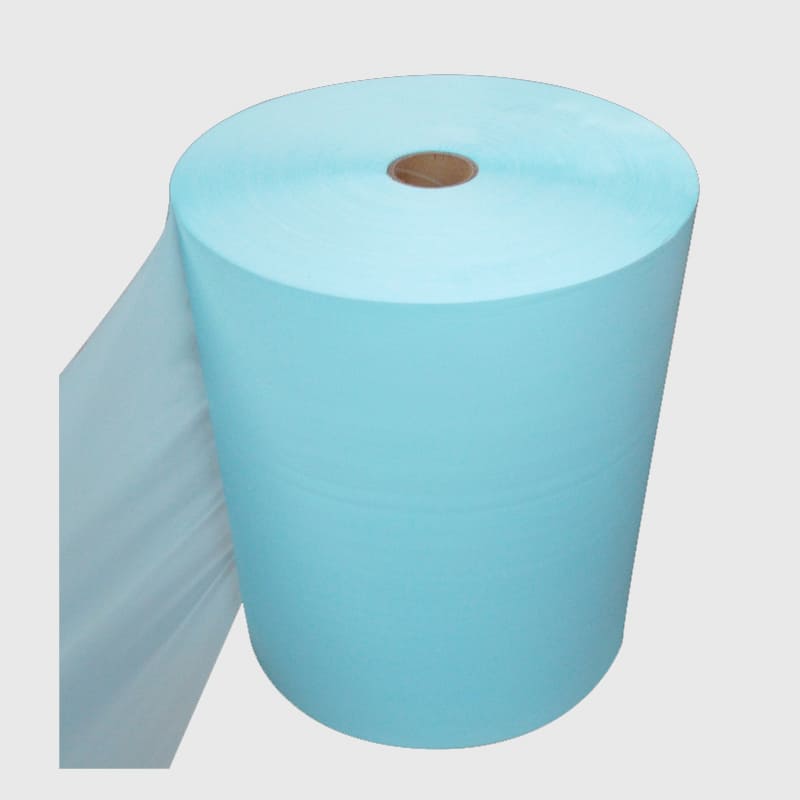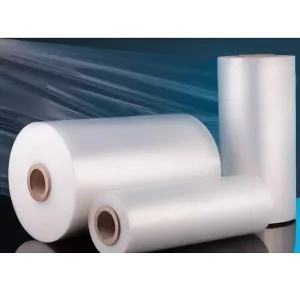Unraveling the Material Matrix: An In-depth Exploration of Materials Used in Cast Film Extrusion
Every masterpiece begins with a simple yet critical element: its raw material. From the grandeur of marble statues to the intricate beauty of woven tapestries, the selection of raw materials is pivotal in creating the final product. This sentiment holds in the world of cast film extrusion, a cornerstone of modern manufacturing technology. By sculpting thin, flexible films from thermoplastic resins, cast film extrusion impacts numerous industries, from food packaging to healthcare, electronics to construction. But what forms the crux of this transformative process? Let’s dive into the captivating domain of materials employed in cast film extrusion.
The Prologue: Material Selection in Cast Film Extrusion
At the core of cast film extrusion lies the resin – the raw material that shapes the film’s final properties. Whether it’s clarity, strength, flexibility, or barrier properties, the type of resin used is pivotal. However, no ‘one-size-fits-all’ solution exists in the choice of materials. The selection depends on numerous factors, including the end-use application, regulatory requirements, cost implications, and specific performance parameters.
Part 1: Meet the Main Characters – Common Materials in Cast Film Extrusion
Several thermoplastic resins vie for the spotlight in cast film extrusion. Each offers unique attributes, making it suitable for specific applications or products. Let’s delve deeper into the specific materials most frequently encountered in the cast film extrusion process.
Polyethylene (PE)
Polyethylene (PE) is often considered the protagonist in the cast film extrusion narrative, thanks to its wide-ranging applications. PE comes in several grades – Low-Density Polyethylene (LDPE), Linear Low-Density Polyethylene (LLDPE), and High-Density Polyethylene (HDPE), each with unique properties.
LDPE and LLDPE are often used for packaging films due to their excellent clarity, flexibility, and low cost. They also have excellent chemical resistance and are lightweight, making them suitable for various packaging applications. HDPE, with its higher rigidity, finds utility in applications requiring increased strength or barrier properties.
Polypropylene (PP)
Polypropylene (PP), another key player in the cast film extrusion process, is known for its excellent chemical resistance, low moisture absorption, and higher operating temperature compared to PE. Cast polypropylene (CPP) films are prized for their superior optical properties, high gloss, and excellent seal strength. They are commonly used in packaging applications that demand high clarity and puncture resistance.
Polyethylene Terephthalate (PET)
Polyethylene Terephthalate, or PET, is a star performer in high-performance film applications. PET films are characterized by excellent dimensional stability, strength, and resistance to moisture and a variety of chemicals. PET’s higher processing temperatures, compared to PE or PP, enable its use in applications requiring high-temperature resistance, such as ovenable or microwaveable packaging.
Ethylene-Vinyl Acetate (EVA)
Ethylene-Vinyl Acetate (EVA) may not take center stage, but it plays a vital role in enhancing the properties of other materials. EVA is known for its flexibility and clarity and is often blended with PE to improve the film’s low-temperature toughness and sealability. EVA also imparts excellent impact resistance and elasticity to the films.
Polyvinyl Chloride (PVC)
Polyvinyl Chloride (PVC) makes a significant contribution to the cast film extrusion process. PVC films, known for their high rigidity and excellent chemical resistance, find use in shrink films, industrial films, and other specialty applications. However, due to environmental and health concerns, PVC’s use has faced restrictions in certain applications and regions.
Part 2: The Supporting Cast – Role of Additives in Cast Film Extrusion
The cast film extrusion process doesn’t solely rely on the base resin. A range of additives often supplement the base resin, modifying and fine-tuning the final film’s properties. Let’s explore some of these critical supporting characters.
Colorants
Colorants, as the name suggests, are used to impart color to the film. They can be used to match brand colors, improve product aesthetics, or distinguish different types of products.
Anti-static Agents
Anti-static agents are vital in reducing the build-up of static electricity on the film’s surface. This is especially crucial in packaging applications where static can attract dust or cause handling issues.
UV Stabilizers
UV stabilizers protect the film from degradation caused by exposure to UV radiation. These are critical for films used in outdoor applications or where the packaged product is sensitive to light.
Slip Agents
Slip agents enhance the film’s surface properties, reducing friction and preventing the layers from sticking together. This is particularly important in packaging applications, ensuring smooth unrolling and processing of the film.
Anti-block Agents
Anti-block agents are used in conjunction with slip agents to prevent the film layers from sticking together. They create a micro-rough surface that reduces the contact area between the film layers, facilitating separation.
Part 3: The Ensemble Performance – Coextrusion in Cast Film Extrusion
The world of cast film extrusion isn’t limited to single-material films. In fact, many films produced today are multi-layered, thanks to the process of coextrusion. Coextrusion allows manufacturers to combine different materials, each with its unique properties, into a single film. This ability to layer materials provides a high degree of customization, enabling the creation of films tailor-made for specific applications.
Coextruded films can combine the benefits of their constituent materials, resulting in superior performance. For instance, a three-layer film might have a high-barrier polymer at the core for product protection, a heat-sealable polymer on the inner layer for sealing, and a durable, scratch-resistant polymer on the outer layer for product handling.
Part 4: The Material Orchestra – Blending Materials in Cast Film Extrusion
In addition to coextrusion, blending of materials is another strategy employed in cast film extrusion to achieve desirable film properties. Blends of different polymers can create films that strike a balance between cost, processability, and performance. For instance, blending PE with EVA can result in a film with improved flexibility, toughness, and sealing performance, at a lower cost than using EVA alone.
The Epilogue: The Impact of Material Selection
In the grand narrative of cast film extrusion, the choice of material is a critical element, setting the stage for the performance, cost, and sustainability of the final product. A keen understanding of these materials’ properties and interplay is fundamental to navigating the dynamic landscape of cast film extrusion.
From polyethylene to polyvinyl chloride, each material plays its part on the cast film extrusion stage. However, the insightful blending and coextrusion of these materials create a truly remarkable performance in the form of high-quality, functional films. As the industry evolves, new materials and blends will undoubtedly emerge, pushing the boundaries of what’s possible with cast film extrusion.
In conclusion, the world of cast film extrusion materials is as varied and dynamic as a well-orchestrated performance. By selecting the right materials and understanding their roles and interplays, we can create films that cater to a wide range of applications, striking the perfect balance between functionality, cost-effectiveness, and sustainability. As we continue to innovate and explore new materials and combinations, the possibilities seem endless. It’s a testament to the enduring fascination and relevance of cast film extrusion in our ever-evolving modern world.


